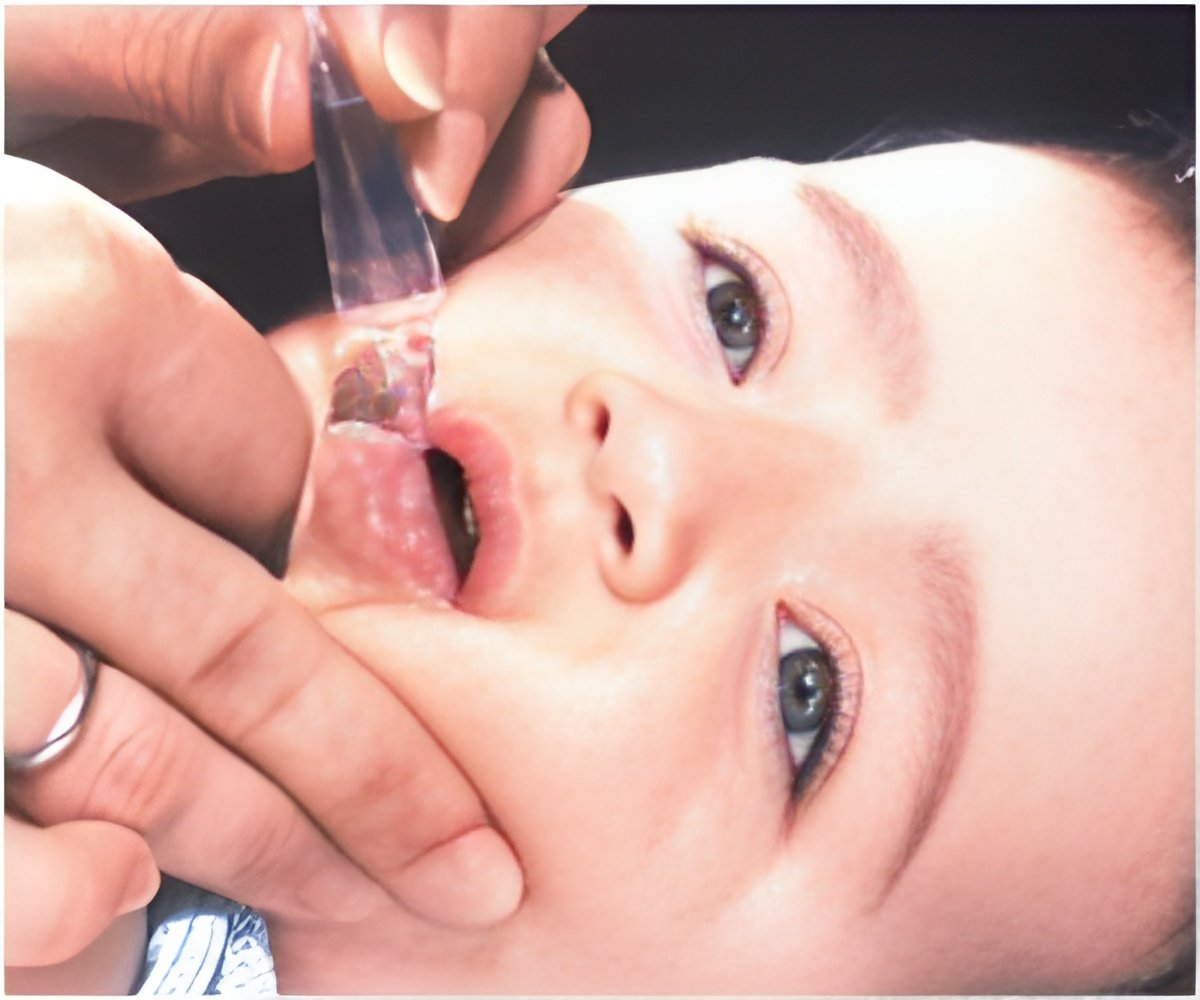
‘Bypassing the cold chain with polypeptides and innovative chemical engineering stands to improve health care and reduce medical emergencies around the world.’
Read More..Tweet it Now
"A steak has the same stability issues - it has proteins, fats, and other molecules that, in order to keep them stable, we need to keep them cold."Read More..
Rather than relying on refrigeration, Perry and Heldt tap the other method to keep viruses stable -- crowding.
Freezer Camp
The World Health Organization estimates that up to 50% of vaccines are wasted every year because the cold chain and ideal temperature for storage cannot be maintained.
Viruses invade our cells, commandeering them to replicate. Unchecked, virus copies explode out of the cells like darts through a balloon. Then all of those replicas go and do the same to other cells -- and before you know it, you're sick.
Advertisement
"The conditions for a vaccine that make it good to be injected into someone's body are almost the opposite of what makes a virus stable," Heldt said.
Advertisement
Virus Burritos
Heldt and Perry use polypeptides -- synthetic proteins -- that have positive or negative charges. When these charged peptides are put in solution, they stick together and form a separate liquid phase, a process called complex coacervation. The liquid wraps around virus capsids, holding the virus material together like a burrito's tortilla.
"Coacervate materials are something that we actually see all of the time in our daily lives," Perry said. "Many shampoos undergo coacervation. When you put the shampoo onto your wet hair, the water that is present dilutes the shampoo, causing it to phase separate and facilitating the removal of dirt and oil from your hair."
Complex coacervation works for nonenveloped viruses, which have no lipid, or fatty layer, around them. Nonenveloped viruses include polio, rhinovirus (which causes the common cold) and hepatitis A.
Next Steps
Heldt and Perry received a $400,000 developmental research grant in March 2020 from the National Institutes of Health (NIH) to continue their research through early 2022, which includes exploring ways to reduce salt concentrations (used in the vaccine to break apart the coacervate phase when it is injected by altering peptide sequences).
And, chemical engineers are working on ways to apply complex coacervation to enveloped viruses -- like SARS-CoV-2 -- which require a balance of tightness and compartmentalization in the lipid layer in a way nonenveloped viruses do not.
"Looking forward, we want to think more about the specific materials that we use in our coacervates," Perry said. "Crowding alone isn't a universal strategy to improve virus stability. We need to understand how different polymers interact with our viruses and how we can use this to create a toolbox that can be applied to future challenges."
As the taco bar of vaccine storage expands, the research shows that naturally occurring proteins improve our vaccines and make them more widely accessible around the world, refrigerated or not.
"The great thing about these amino acids is that they are the same building blocks as in our bodies," Heldt said. "We're not adding anything to the vaccines that aren't already known to be safe."
Solving the cold storage conundrum promises to improve access to vaccinations against viruses. Bypassing the cold chain with polypeptides and innovative chemical engineering stands to improve health care and reduce medical emergencies around the world.
Source-Medindia







